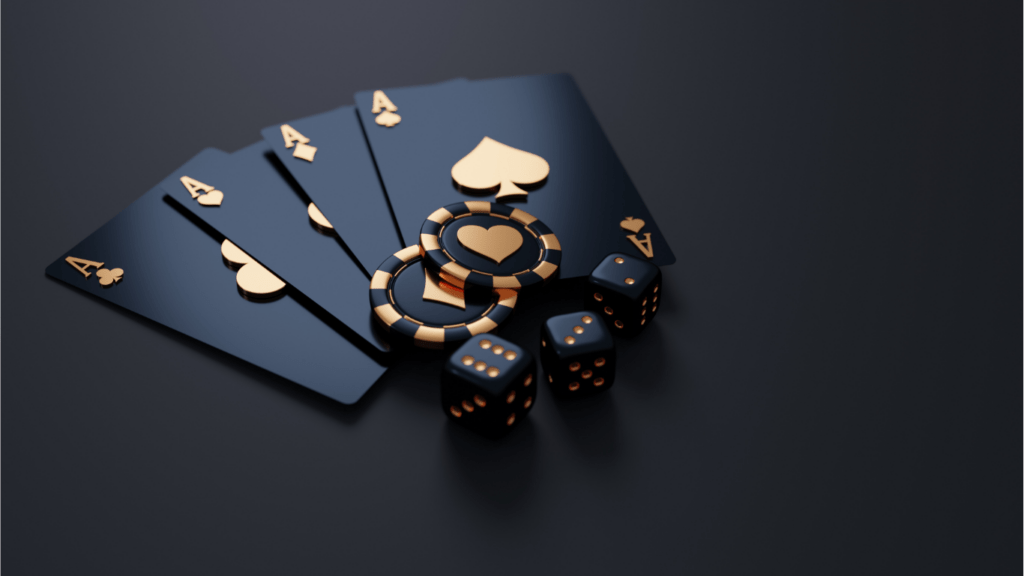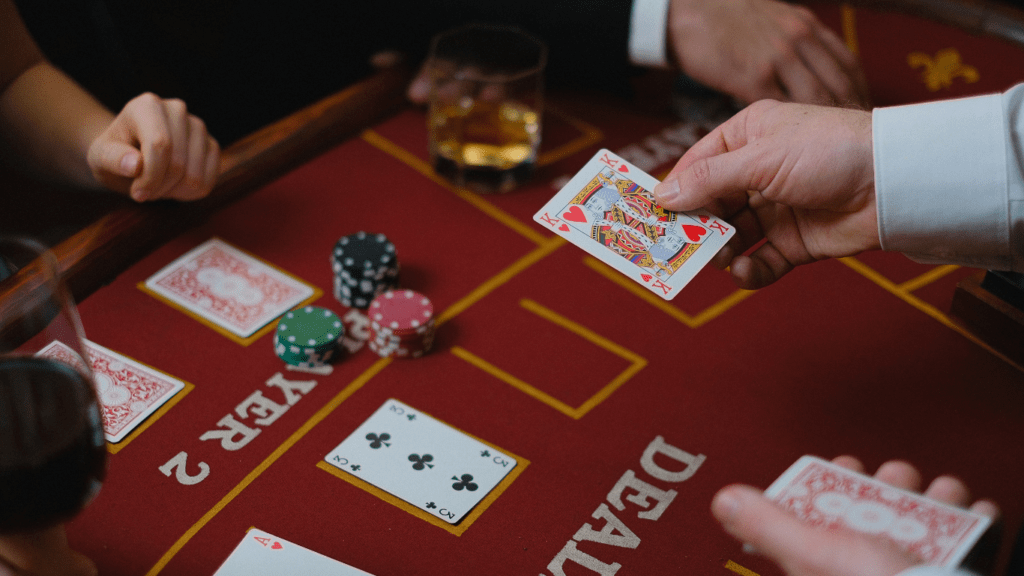Understanding Bluffing in Poker
In poker, bluffing is a strategic move aimed at deceiving opponents. Effective bluffing can shift the game’s momentum in your favor.
Definition of Bluffing
Bluffing is a technique where I bet or raise with a weak hand to mislead opponents into believing I have a stronger hand. The primary goal is to compel others to fold superior hands.
Combining observation and psychological insights, bluffing turns an otherwise losing situation into a potential win. According to the Poker Dictionary, bluffing involves both strategic betting and an understanding of opponent behavior.
Different Types of Bluffs
There are several types of bluffs in poker, each with distinct purposes and execution methods.
- Stone-cold Bluff: Here, I bet with a completely weak hand. The goal is pure deception, aiming to make all opponents fold. Timing and spot selection are crucial for this bluff to work.
- Semi-bluff: In this instance, I bet with a drawing hand that could improve in future rounds. Even if opponents call, my hand has the potential to strengthen, giving me more outs to win.
- Continuation Bluff: After raising pre-flop, I continue to bet regardless of the flop’s outcome. This bet represents strength, pressuring opponents to fold if they didn’t connect strongly with the board.
- Opportunistic Bluff: I seize moments when opponents show weakness, like checking on multiple streets. By betting, I exploit their hesitation, making them fold marginal hands.
Understanding these bluffs helps in manipulating game psychology and pot control. Effective bluffing requires knowing when and how to use each type based on the game’s state and opponents’ tendencies.
The Psychology Behind Bluffing

Bluffing in poker hinges on psychological tactics, impacting how players make decisions. Understanding these psychological elements provides a strategic edge in poker betting.
Cognitive Aspects
Cognitive processes in bluffing involve understanding opponents’ thought patterns. Analyzing tells (subtle cues) and betting patterns helps anticipate opponents’ reactions.
It’s crucial to categorize opponents into different types—from tight players who bet cautiously to loose players who bet aggressively.
Observing these behaviors informs decisions on when to bluff. For example, against a cautious player, a stone-cold bluff might be effective as they tend to fold easily.
Emotional Control
Bluffing effectively demands strong emotional control. Maintaining a confident demeanor, even with a poor hand, prevents opponents from detecting vulnerabilities.
Players must also manage their emotions after losing bluffs to avoid ’tilting’—making irrational plays driven by frustration.
Practicing mindfulness techniques, such as deep breathing, helps keep emotions in check. Emotional control directly influences the success of bluffs and overall betting strategy.
Bluffing Strategies and Techniques
Bluffing in poker isn’t just about deception. It’s a sophisticated technique that involves:
- timing,
- behavioral analysis
- strategic risk-taking
Recognizing Bluffing Opportunities
Knowing when to bluff is a skill that separates amateurs from pros. Bluffing works best when played against tight players (who fold often) or in late positions (where you act after most players). For example, tight players fold frequently, making them ideal targets. Conversely, avoid bluffing loose players, who love calling bets.
Evaluating the board texture (card combinations visible on the table) is crucial. Bluffing succeeds more on dry boards (few drawing possibilities like 7♣, K♦, 2♠). Wet boards (many drawing possibilities like 8♥, 9♦, 10♠) are harder to bluff due to potential strong hands.
Common Bluffing Mistakes
Bluffing too often is a major error. Over-bluffing erodes credibility, making future bluffs less effective. Instead of bluffing on every hand, reserve it for strategic moments. Beginners often fail to consider their opponent’s tendencies. Bluffing fails if the opponent is a “calling station” (someone who rarely folds).
Another pitfall is bluffing in multi-way pots (multiple players in the hand). Bluffing works better heads-up (one-on-one). It’s also common to ignore bet sizing. Small bets seem weak, while overly large bets signal desperation. Optimal bet sizing (consistent with your past bets) is key for successful bluffs.
The Impact of Bluffing on Betting Behavior
Bluffing directly affects how players bet, forcing them to change their strategies and tactics. It influences both the size of bets and the patterns in which they are made.
Increasing Bet Sizes
Bluffing often leads to larger bet sizes to create pressure. I find that betting more aggressively can make my bluffs more convincing.
For instance, a stone-cold bluff might involve a substantial bet to suggest a strong hand. Larger bets can discourage opponents from calling, increasing the chances of winning the pot without a showdown.
Adjusting Betting Patterns
Bluffing requires varying betting patterns to avoid predictability. I usually mix my bluffs with value bets to keep opponents guessing.
For example, I might bet consistently on every street in one hand and opt for a check-raise in another. This inconsistency complicates opponents’ efforts to read my hands.
Altering betting patterns makes it tough for others to distinguish between bluffs and genuine hands, enhancing the overall effectiveness of the strategy.
Notable Examples of Effective Bluffing
Examining real-world instances demonstrates how bluffing influences poker betting significantly. Let’s explore compelling examples that have left a mark on the poker world.
Historical Bluffing Highlights
Various moments in poker history highlight the effectiveness of bluffing. One known instance occurred during the 1988 World Series of Poker (WSOP) Main Event. Johnny Chan’s famous hand against Erik Seidel involved an iconic bluff. Chan check-raised all-in on the river with a weak hand. Seidel folded a stronger hand, crowning Chan as the champion.
Another notable bluff happened in the 2003 WSOP Main Event. Chris Moneymaker bluffed Sam Farha, proving the power of amateur players. Moneymaker went all-in with a king-high, convincing Farha to fold his pair of nines. This critical moment led Moneymaker to eventual victory, propelling the poker boom.
Famous Poker Players Known for Bluffing
Legendary poker players often rely on bluffing to dominate. Phil Ivey, known for his psychological prowess, frequently uses well-timed bluffs to manipulate betting patterns.
During the 2010 WSOP, Ivey executed a memorable bluff against Paul Jackson. Ivey outwitted Jackson, leveraging high-pressure bets despite a weak hand.
Tom Dwan, another top-tier player, is notorious for his aggressive bluffs. In an episode of “High Stakes Poker”, Dwan won a significant pot with a seven-high against Barry Greenstein and Peter Eastgate.
Dwan out-bluffed both players, demonstrating his exceptional skills in reading opponents and adapting betting strategies. These examples underscore the profound influence bluffing has on poker betting, shaping outcomes and enhancing players’ strategic arsenals.

